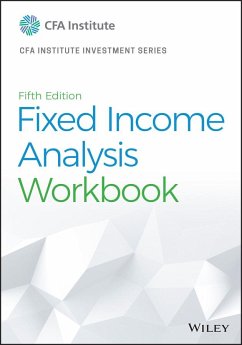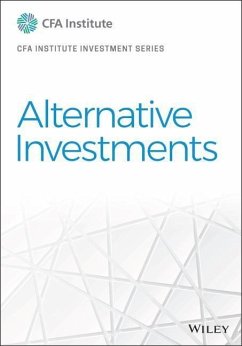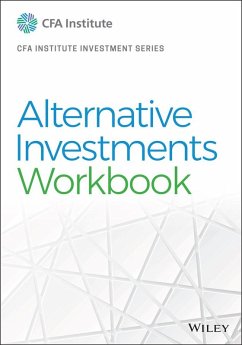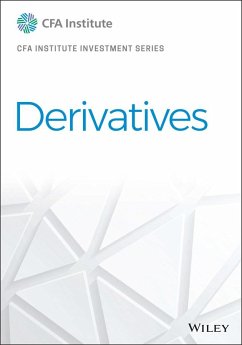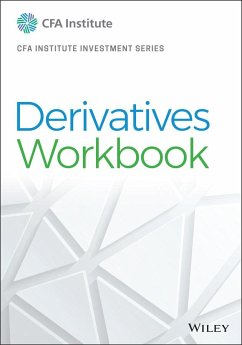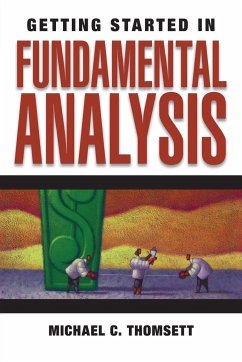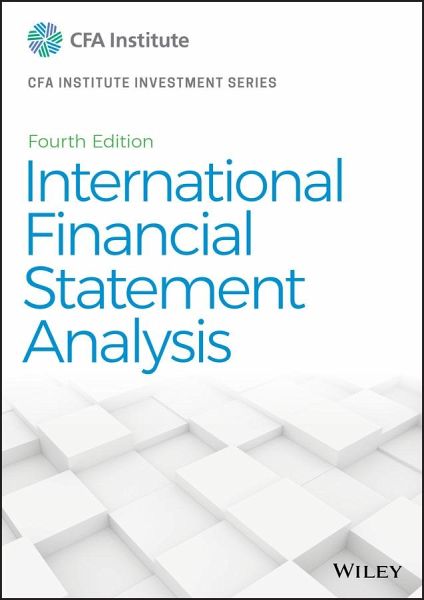
International Financial Statement Analysis

PAYBACK Punkte
58 °P sammeln!
Better analysis for more accurate international financial valuation International Financial Statement Analysis, 4th Edition provides the most up-to-date detail for the successful assessment of company performance and financial position regardless of country of origin. The seasoned experts at the CFA Institute offer readers a rich, clear reference, covering all aspects from financial reporting mechanics and standards to understanding income and balance sheets. Comprehensive guidance toward effective analysis techniques helps readers make real-world use of the knowledge presented, with this new ...
Better analysis for more accurate international financial valuation International Financial Statement Analysis, 4th Edition provides the most up-to-date detail for the successful assessment of company performance and financial position regardless of country of origin. The seasoned experts at the CFA Institute offer readers a rich, clear reference, covering all aspects from financial reporting mechanics and standards to understanding income and balance sheets. Comprehensive guidance toward effective analysis techniques helps readers make real-world use of the knowledge presented, with this new third edition containing the most current standards and methods for the post-crisis world. Coverage includes the complete statement analysis process, plus information on income tax accounting, employee compensation, and the impact of foreign exchange rates on the statements of multinational corporations.






